I'm Breaking Out—Does My Skin Need Salicylic Acid or Benzoyl Peroxide?
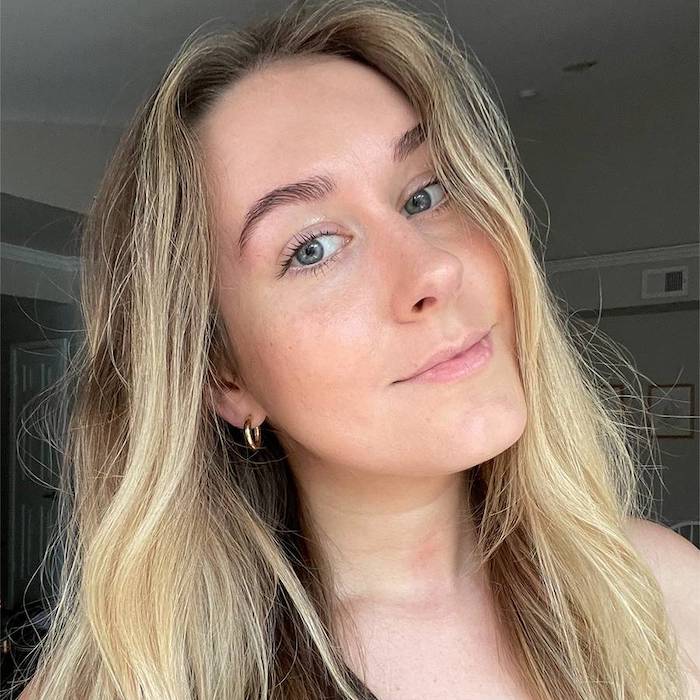
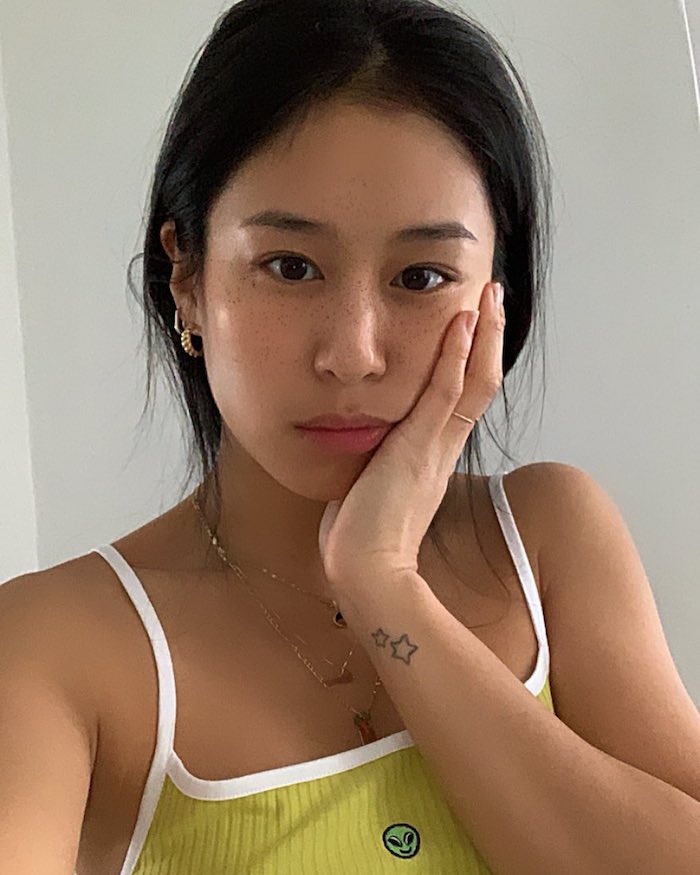
So you're breaking out. Maybe you look in the mirror and you see an eruption of angry, red bumps. Or maybe it's all clogged pores for you—whiteheads and blackheads span your skin. Either way, you're left searching for a solution.
All of that searching may have led you to two hero ingredients of the acne-fighting world: salicylic acid and benzoyl peroxide. These ingredients, while each effective in their own right, are often used interchangeably by people who are attempting to clear their complexions. That's okay, though, isn't it? They both fight acne, and they're both effective, so it doesn't matter which one you use, right? Wrong. Salicylic acid and benzoyl peroxide are not the same—not by a long shot. Each one has its own unique purpose, benefits, and drawbacks, and it’s important to recognize the difference between the two. That’s what we’re here for. Keep scrolling to learn all about the difference between salicylic acid and benzoyl peroxide. Plus, learn how to recognize which one your skin needs.
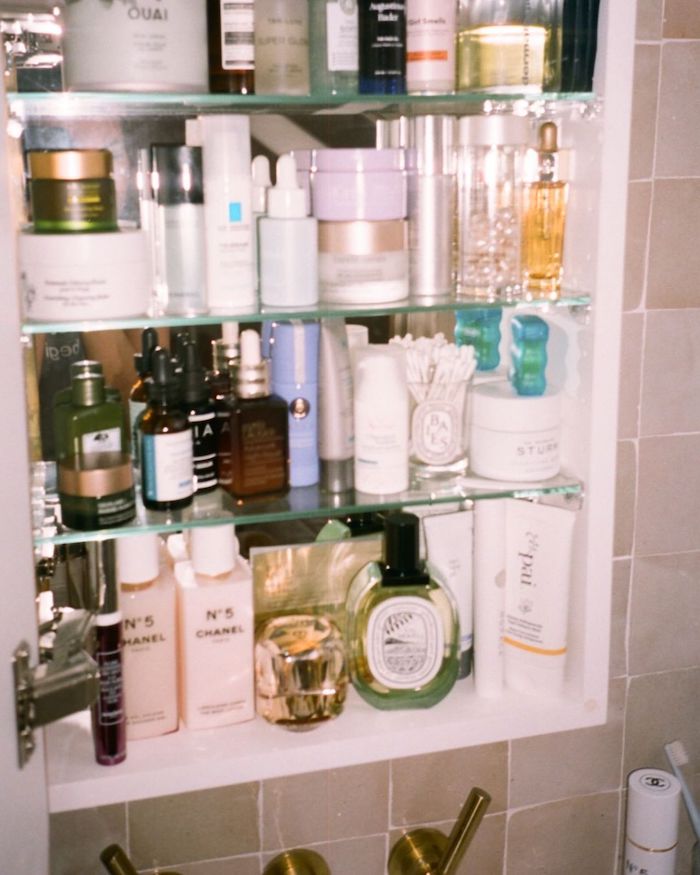
What Is Salicylic Acid?
Let's start by discussing salicylic acid, an ingredient that can be found in everything from cleansers to masks, oils, moisturizers, and beyond. According to Corey L. Hartman, MD, FAAD, founder of Skin Wellness Dermatology in Birmingham, Alabama, salicylic acid is a beta hydroxy acid that is derived from willow bark. "Salicylic acid penetrates through the lipid layers between skin cells and into pores to unclog them, dissolve skin debris, reduce skin inflammation, and treat papules and pustules of acne," he explains. "It can also break the connections between skin cells to increase exfoliation and cell turnover."
Loretta Ciraldo, MD, FAAD, a Miami-based board-certified dermatologist and the founder of Dr. Loretta skincare, says salicylic acid is the only beta hydroxy acid (others, like lactic and glycolic, are alpha hydroxy acids). "Of all the hydroxy acids, salicylic is the best at penetrating deeply into pores, so it's very effective at extruding debris and oily buildup both in pores and at the skin surface," she says.
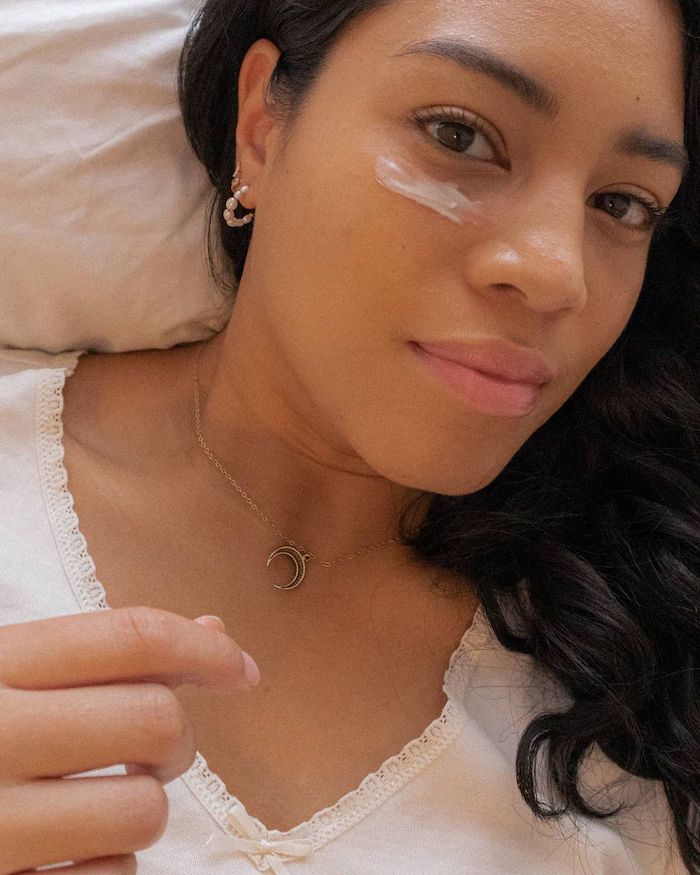
What Is Benzoyl Peroxide?
"Benzoyl peroxide is a peroxide with antibacterial, irritant, keratolytic, anti-inflammatory, and comedolytic properties," Hartman explains. "It is a mainstay of acne therapy and has been a part of dermatologic care for decades."
It differs from salicylic acid in that it doesn't exfoliate the skin. Instead, it provides powerful antibacterial and anti-inflammatory properties. In fact, it directly targets the bacteria that cause acne to erupt in the first place. According to Ciraldo, benzoyl peroxide kills P. acnes, which are the bacteria that are responsible for acne.
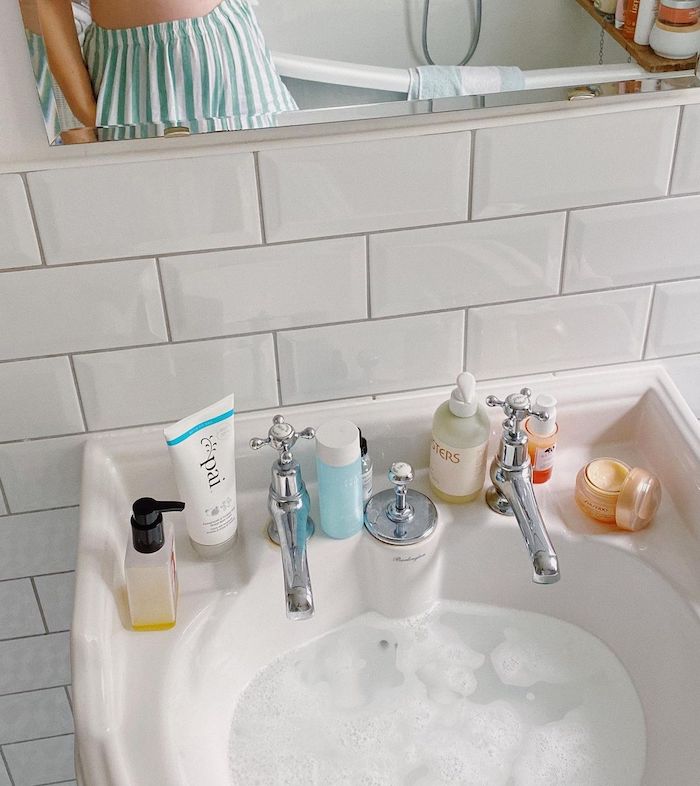
Which One Does My Skin Need?
You can tell which ingredient your skin needs based on the type of breakout you're experiencing. Because salicylic acid is an exfoliating acid, and thus dissolves pore-clogging debris, Hartman says that "it works best on blackheads and whiteheads," although "it is also ideal for aging skin, photodamaged skin, and uneven skin tones affected by hyperpigmentation."
Benzoyl peroxide, according to Ciraldo, "works best on red, inflamed acne lesions since the inflamed acne lesions are the ones that have the P. acnes overgrowth." This differs from whiteheads and blackheads, which are clogged pores without much bacterial overgrowth.
To sum it up, if blackheads and whiteheads are the banes of your existence, reach for a product that contains salicylic acid, which will break up the pore-clogging debris and increase cell turnover, revealing clearer, smoother skin. If you're dealing with angry, red, and inflamed acne, reach for a product that contains benzoyl peroxide. It will kill acne-causing bacteria and decrease existing inflammation.
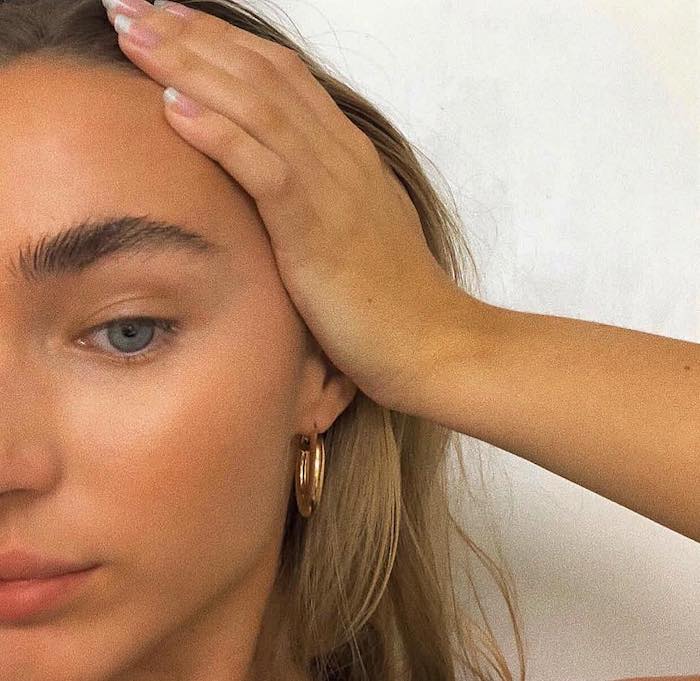
What Else Do I Need to Know?
Both salicylic acid and benzoyl peroxide aren't without drawbacks. Let's talk salicylic acid first. "If the concentration of salicylic acid is too high or the frequency of use too great, it can become irritating and cause excessive skin dryness, particularly for those with inherently dry skin," Hartman explains. You can tell you're overusing the ingredient if you experience peeling, redness, irritation, or itching.
Benzoyl peroxide is even more drying than salicylic acid, so "it should be used with caution if at all by those with dry skin, eczema, or seborrheic dermatitis." It can also prove irritating, which is why you should introduce it to your routine slowly. "Benzoyl peroxide has been shown to be irritating, especially for those with darker skin tones," Hartman says. "It can also bleach clothing and should be applied with caution to avoid damaging textiles. Hands should be washed thoroughly after application on the skin."
Neither ingredient should be overused at the risk for irritation and dryness. With that being said, if used sparingly and with intention, both salicylic acid and benzoyl peroxide can prove effective for fighting acne.
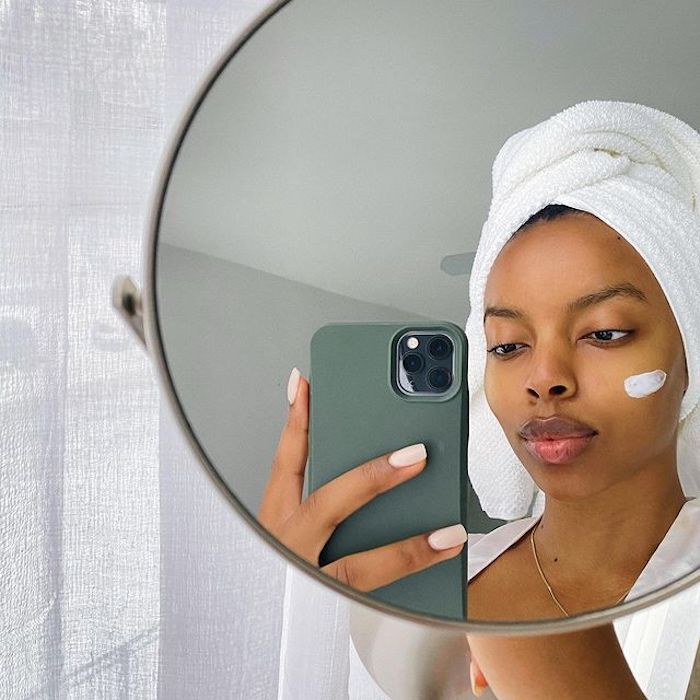
Products Containing Salicylic Acid
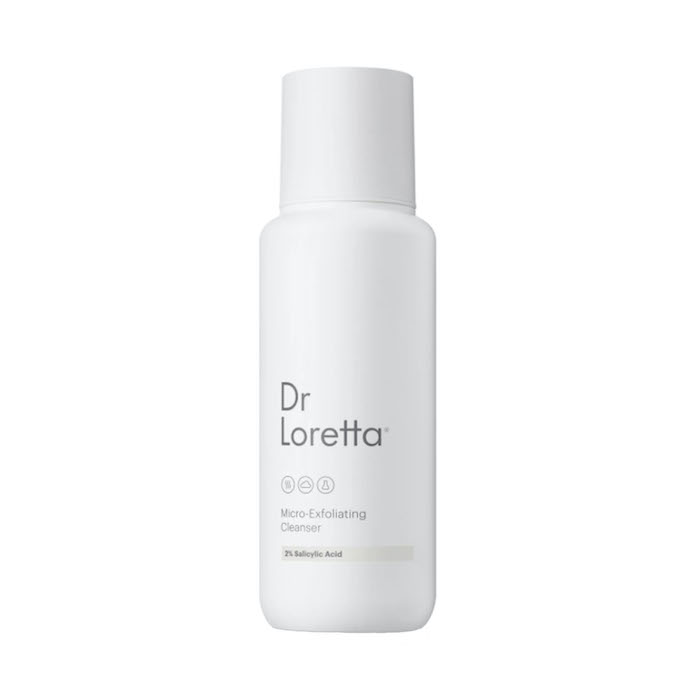
"Our sulfate-free Dr. Loretta Micro Exfoliating Cleanser is great for acne," Ciraldo says. "We formulate it with organic virgin coconut oil to hydrate skin and provide it with calming effects to counteract the acidity of the salicylic acid."
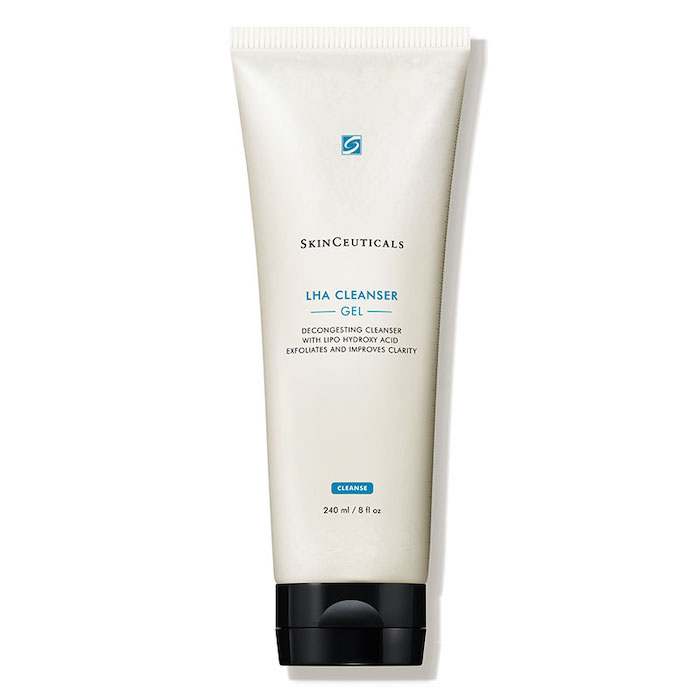
"Skinceuticals LHA Cleanser contains salicylic acid among other poly hydroxy acids that decongest pores, treat acne, and prevent aging in a gently lathering gel that leaves skin clean yet hydrated," Hartman says.
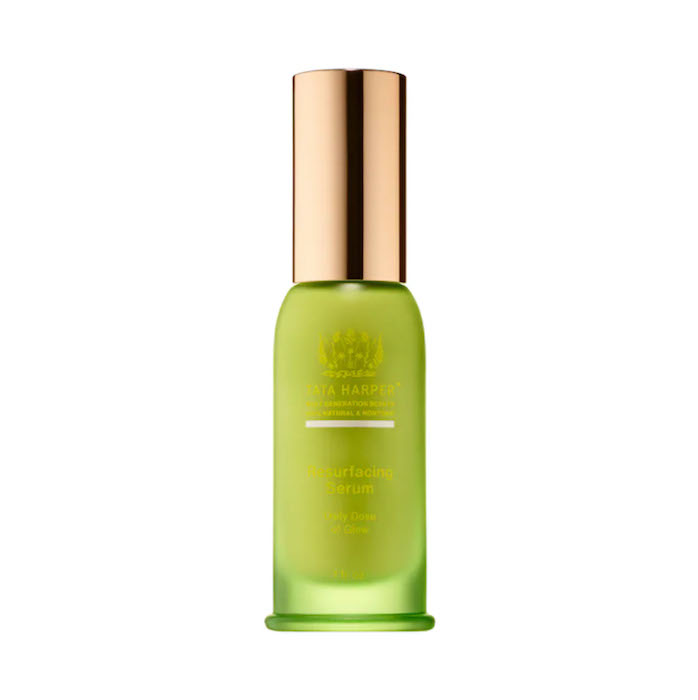
This is another recommendation from Hartman, who says it's "a potent serum that contains both alpha and beta hydroxy acids in a natural vehicle with clean credentials to boot." We like the fact that it contains vitamin C for antioxidant protection and brightening effects.
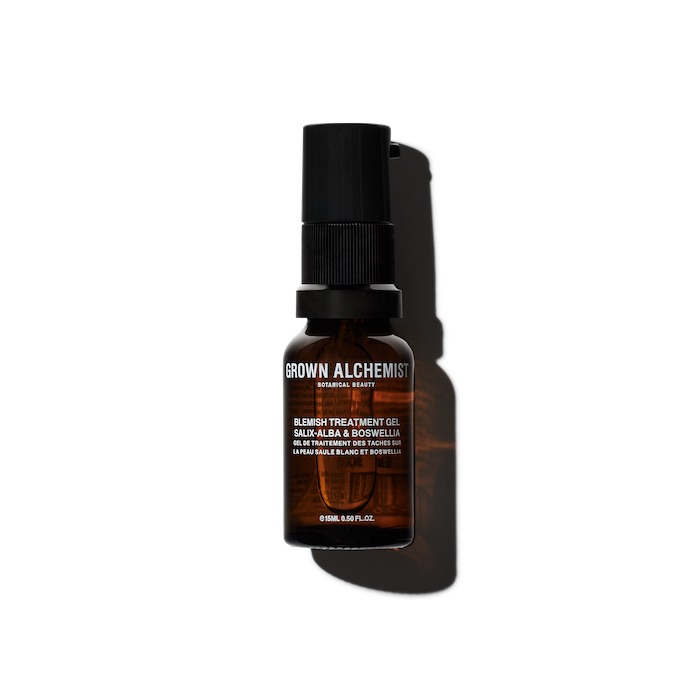
Grown Alchemist's Blemish Treatment Gel will stop breakouts in their tracks without causing excess dryness or irritation. It's all thanks to chamomile and arnica extract—both of which reduce inflammation and calm and soothe the skin.
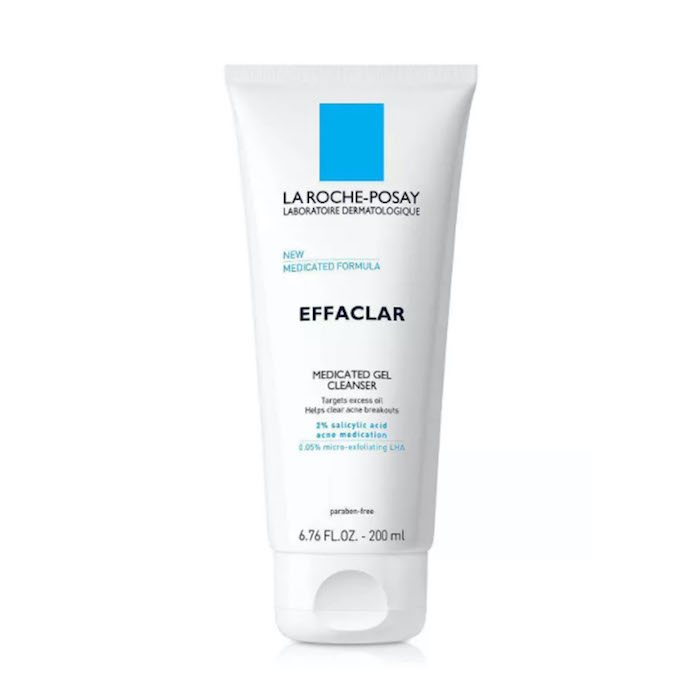
Here it is—one of our favorite drugstore brands. This salicylic acid cleanser is part of the brand's Effaclar line, which is formulated specifically for acne-prone skin.
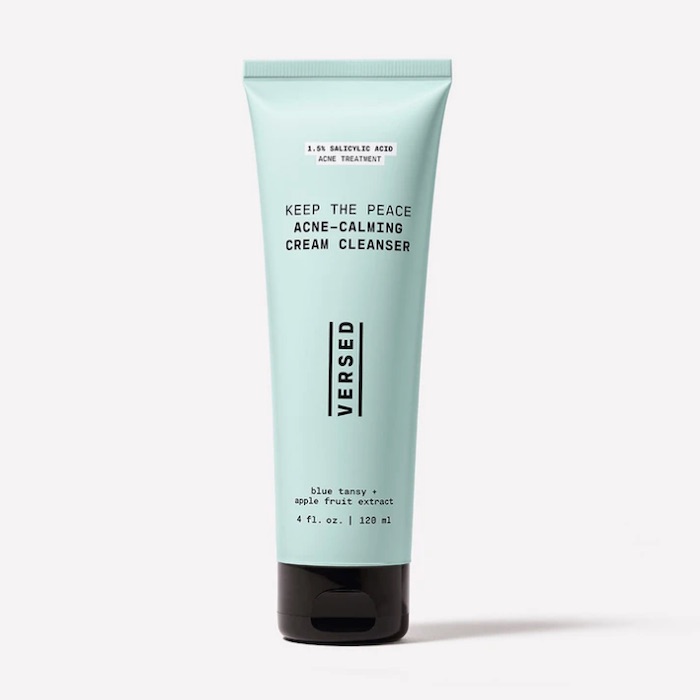
Versed's Acne-Calming Cream Cleanser contains apple fruit extract for a slight exfoliation effect and blue tansy for natural antioxidant and anti-inflammatory properties.
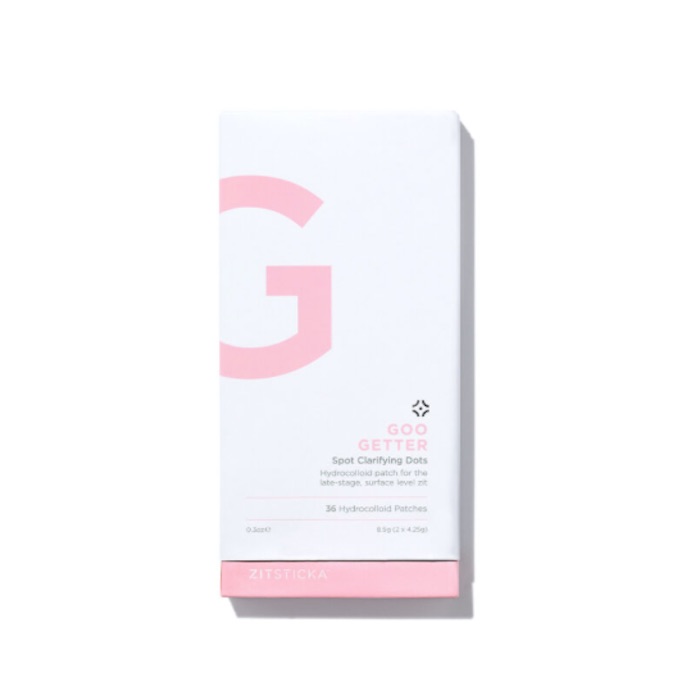
Senior beauty editor Erin Jahns swears by these hydrocolloid spot dots, which extract impurities while salicylic acid, tea tree oil, and niacinamide go to work to treat the blemish.
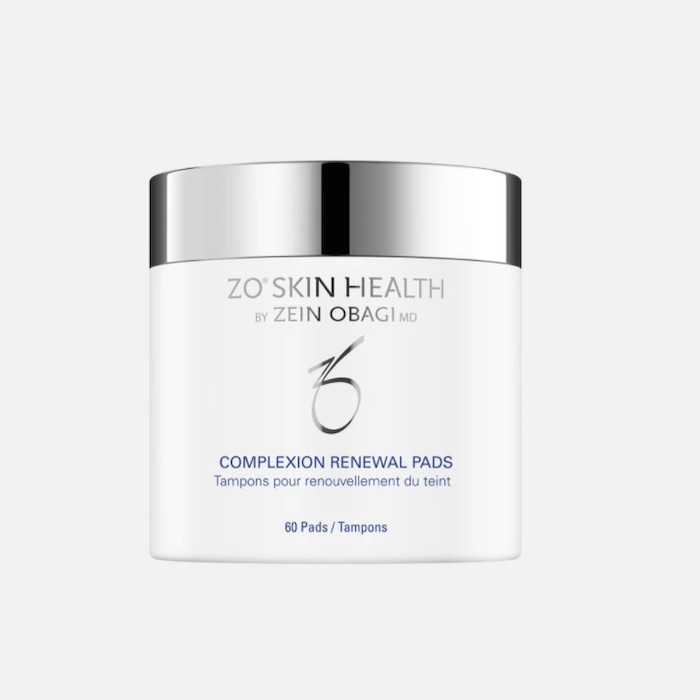
Jahns also swears by these treatment pads, which contain glycolic acid along with salicylic acid for a one-two punch of exfoliation (that's not to mention the physical exfoliation gained from the texture of the pads).
Products Containing Benzoyl Peroxide
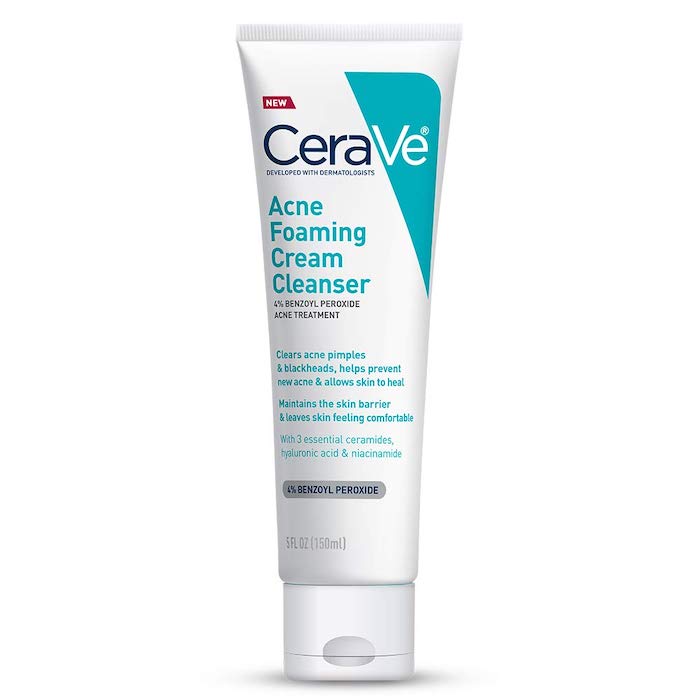
Beauty editor Courtney Higgs reaches for this benzoyl peroxide cleanser when she breaks out. "I don't suffer from breakouts often, but here's a cleanser I like to keep on hand for the rare occasion that I need more than a spot treatment," she says. "I'm convinced this foaming cleanser could rinse away even the most stubborn oil from my skin. In fact, I sometimes use it when I've used heavy moisturizers a few nights in a row resulting in product buildup that my go-to mild cleansers can't clear."
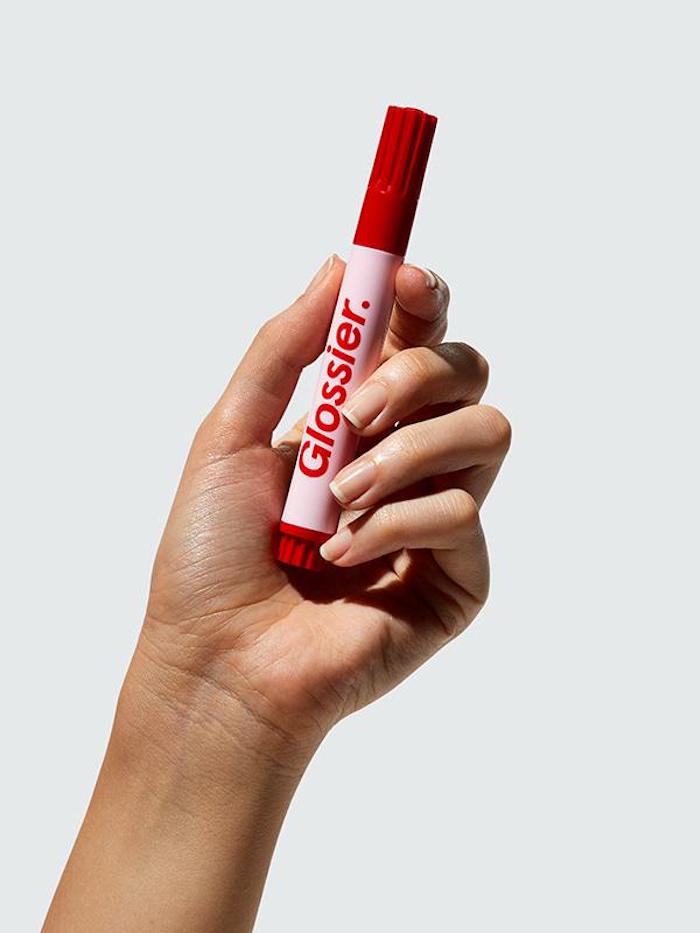
Higgs also loves this trendy spot treatment from Glossier. "It's so effective at clearing one-off pimples and reducing swelling," she says. "It has all three acne ingredients known to clear blemishes fast: benzoyl peroxide, tea tree oil, and a less-irritating salicylic acid derivative."

We weren't kidding when we said La Roche-Posay is one of our favorite brands. This spot treatment is no exception. It contains 5.5% benzoyl peroxide to zap acne-causing bacteria fast.
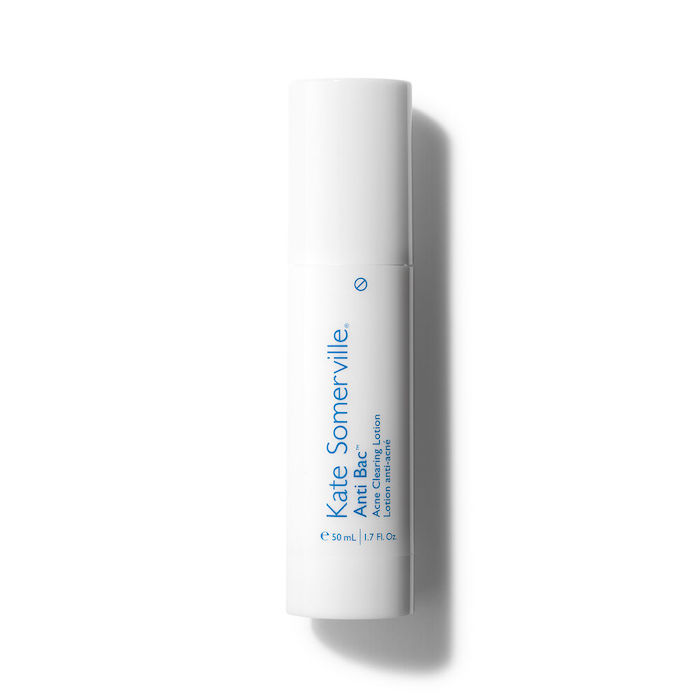
Along with 5% benzoyl peroxide, this Kate Somerville lotion contains argan, saw palmetto, and sesame seed extracts to absorb excess oil, which means it's another option for people who want to keep shine at bay.
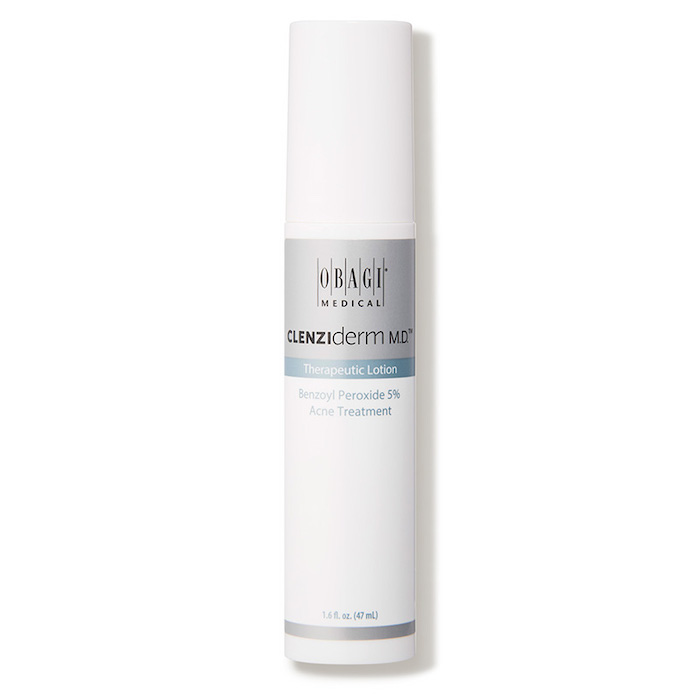
Sure, the price tag is nothing to scoff at, but with 5% benzoyl peroxide, this moisturizer is sure to keep blemishes at bay.
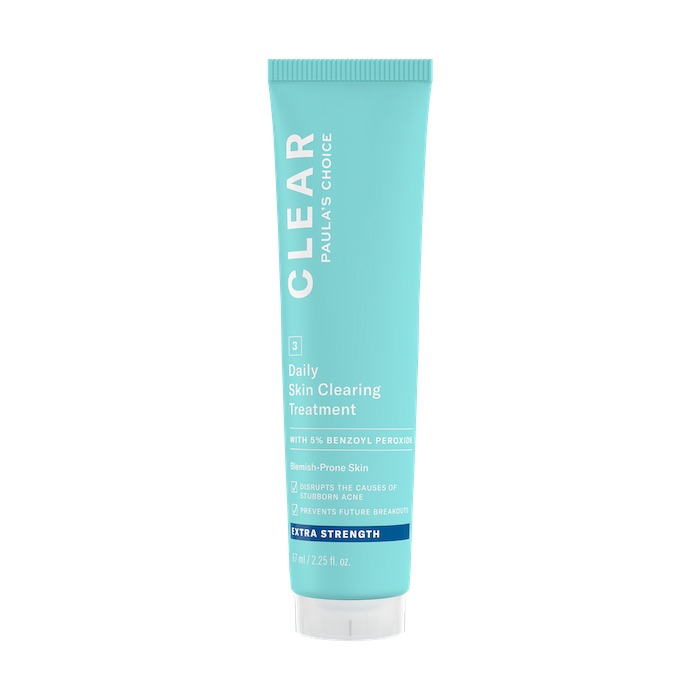
This face lotion contains 2.5% benzoyl peroxide to target acne-causing bacteria before they can wreak havoc on your complexion. It also sets to a matte finish, which means your skin won't look shiny post-application.
Next: I Spiked My Skincare Routine With This Random Ingredient, and My Acne Vanished

Kaitlyn McLintock is a Beauty Editor at Who What Wear. She has 10 years of experience in the editorial industry, having previously written for other industry-leading publications, like Byrdie, InStyle, The Zoe Report, Bustle, and others. She covers all things beauty and wellness-related, but she has a special passion for creating skincare content (whether that's writing about an innovative in-office treatment, researching the benefits of a certain ingredient, or testing the latest and greatest at-home skin device). Having lived in Los Angeles, California, and Austin, Texas, she has since relocated back to her home state, Michigan. When she's not writing, researching, or testing beauty products, she's working through an ever-growing book collection or swimming in the Great Lakes.
-
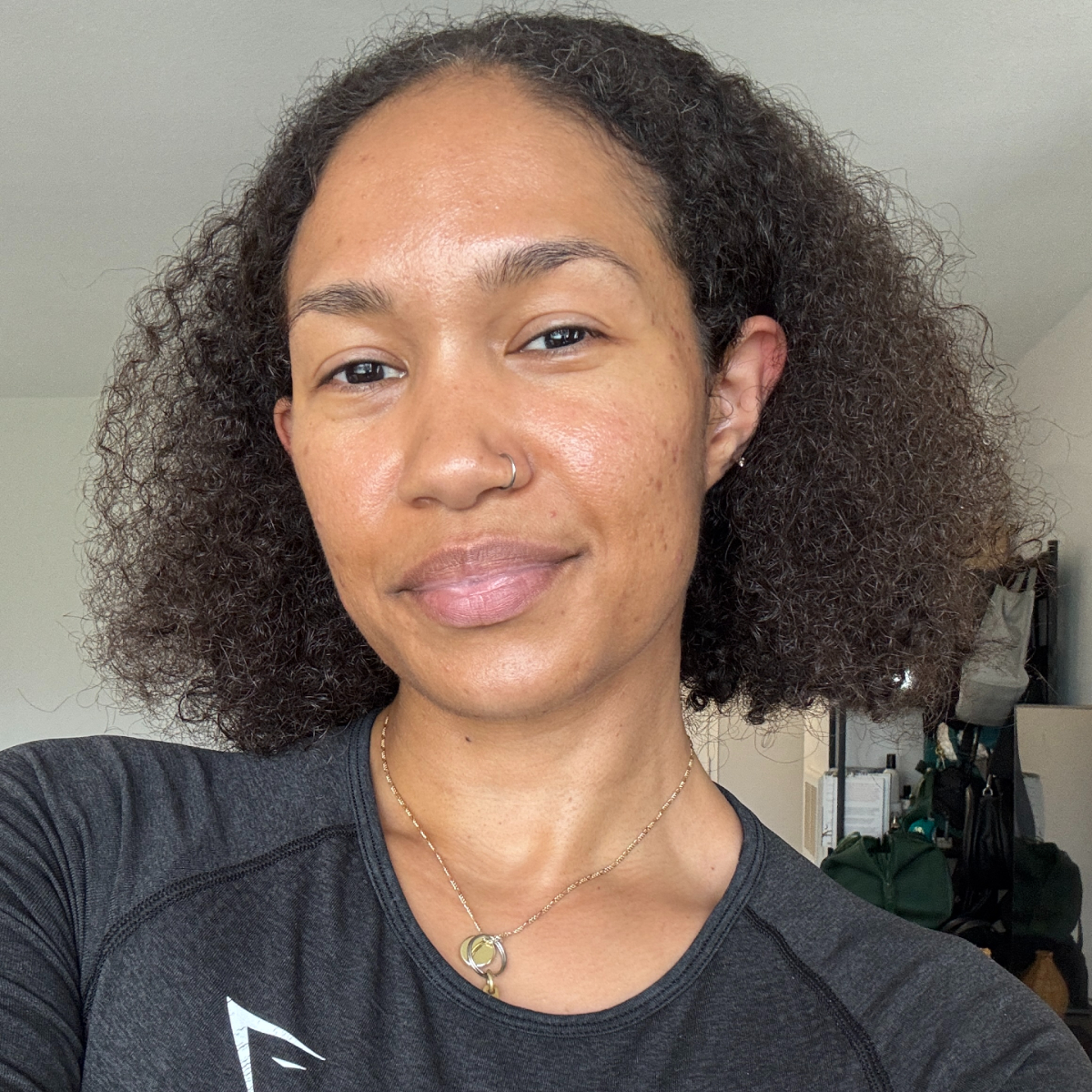 Aestheticians on Instagram Can't Stop Raving About This Acne-Clearing Serum, so I Tried It
Aestheticians on Instagram Can't Stop Raving About This Acne-Clearing Serum, so I Tried ItIt's perfect for sensitive skin.
By Shawna Hudson
-
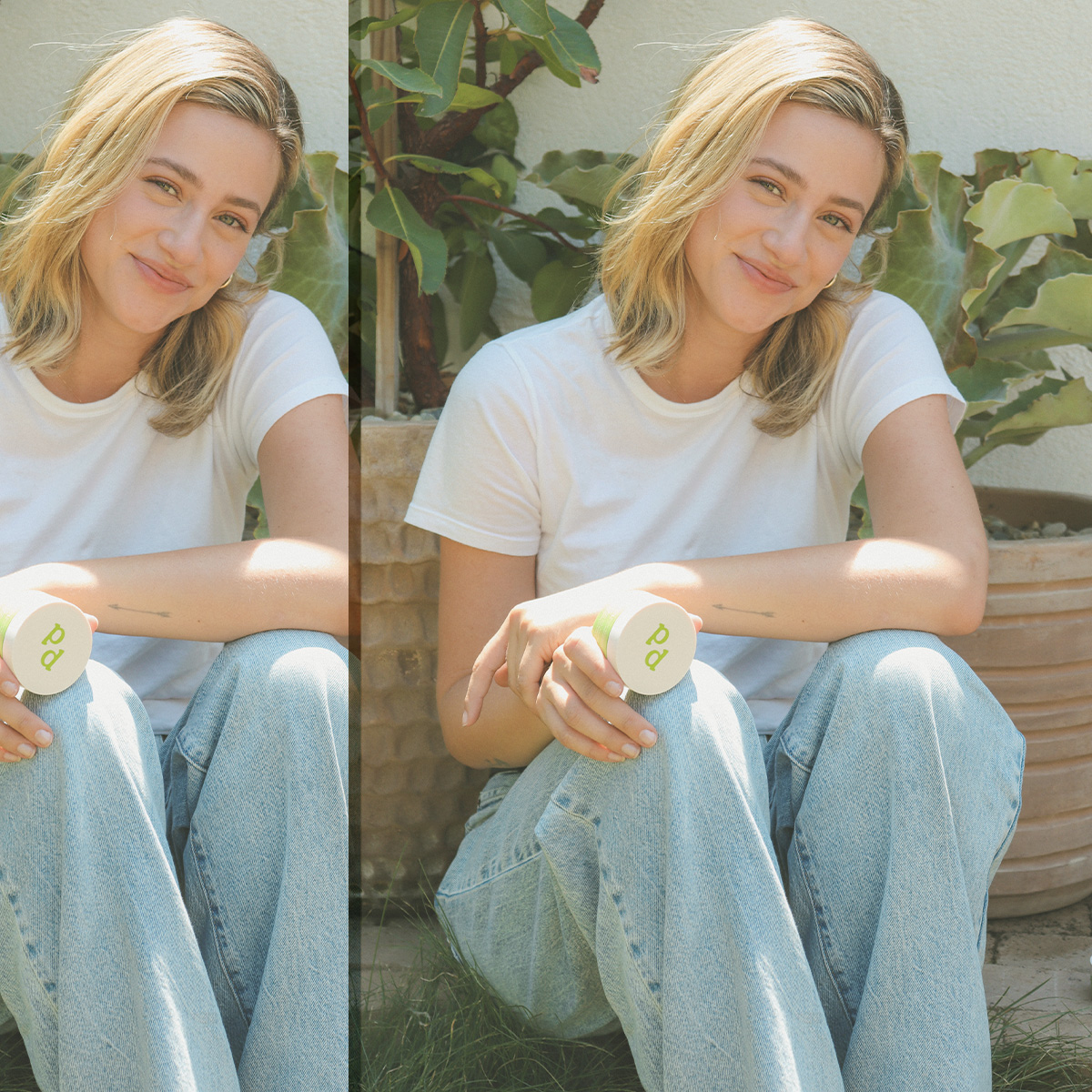 Lili Reinhart Knows You're Sick of Celeb Beauty Brands—Here's Why She Wants You to Trust Hers
Lili Reinhart Knows You're Sick of Celeb Beauty Brands—Here's Why She Wants You to Trust HersEspecially if you have acne.
By Kaitlyn McLintock
-
 Derms Say Tretinoin Can Do More Harm Than Good If You Don't Know These 4 Things
Derms Say Tretinoin Can Do More Harm Than Good If You Don't Know These 4 ThingsRead this before you use it.
By Kaitlyn McLintock
-
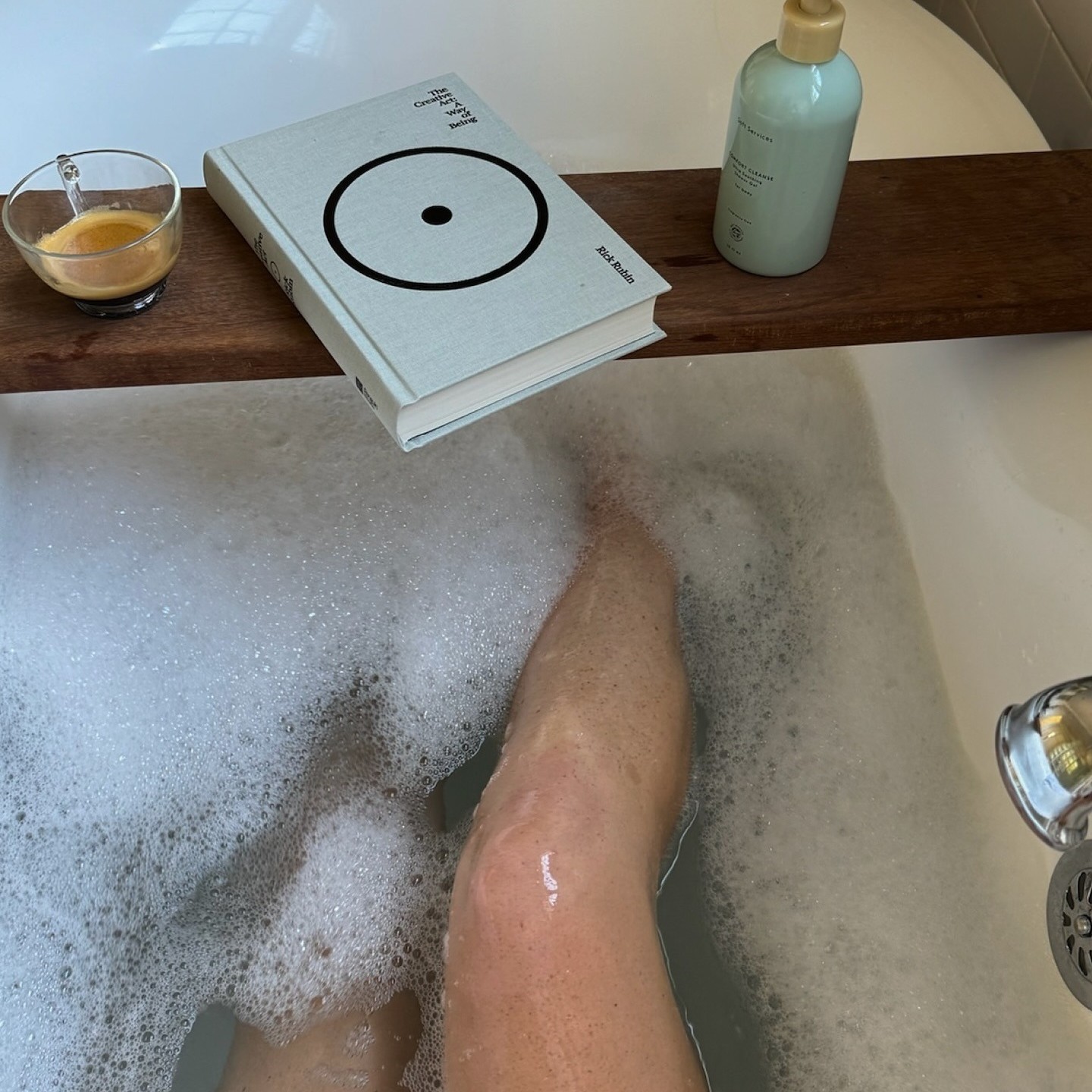 Soft Services' New Buffing Bar Smells Like Every Editor's Favorite Fig Perfume
Soft Services' New Buffing Bar Smells Like Every Editor's Favorite Fig PerfumeSo dreamy.
By Jamie Schneider
-
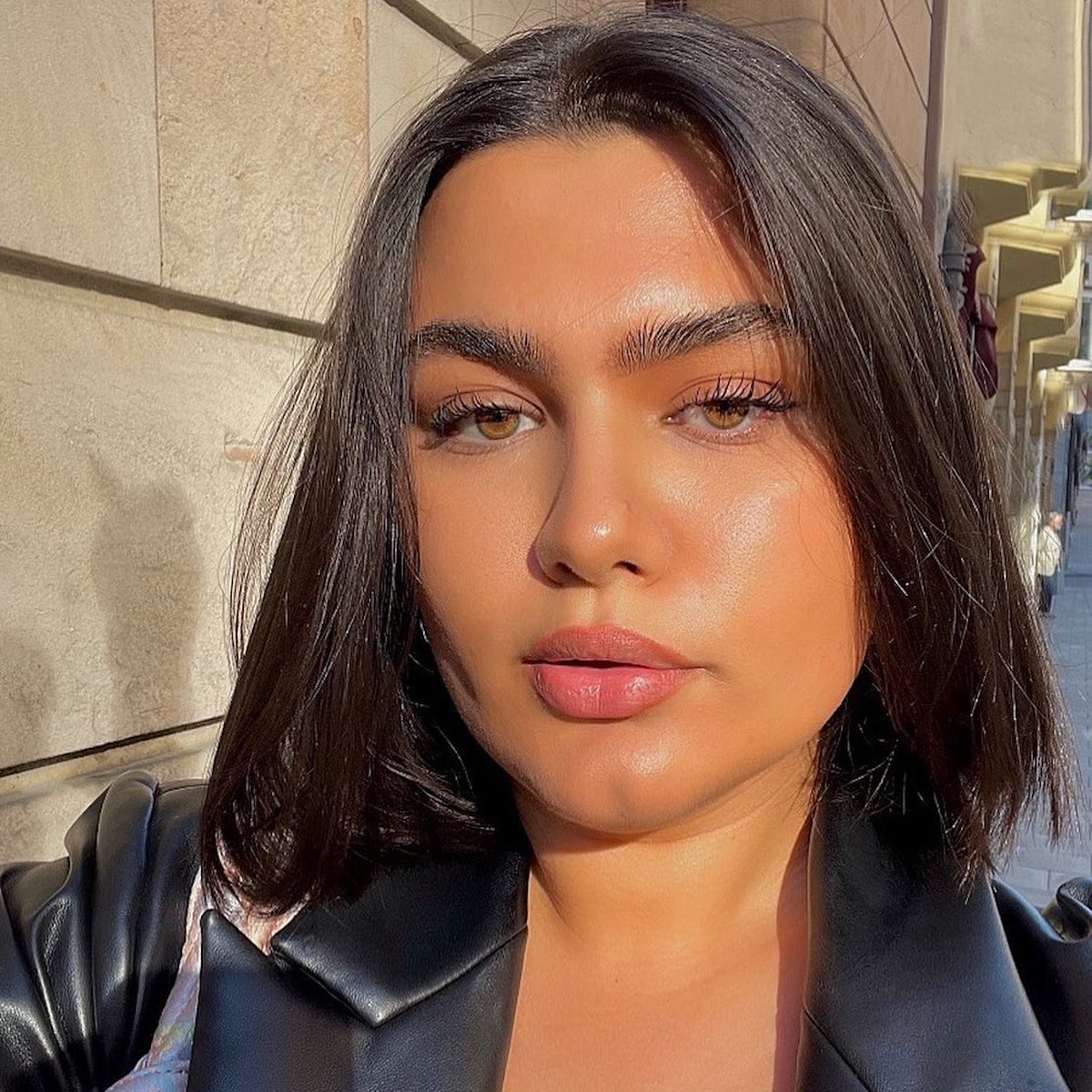 Derms Love This Do-It-All Ingredient to Minimize Redness, Dark Spots, and Large Pores
Derms Love This Do-It-All Ingredient to Minimize Redness, Dark Spots, and Large PoresIt even targets acne.
By Kaitlyn McLintock
-
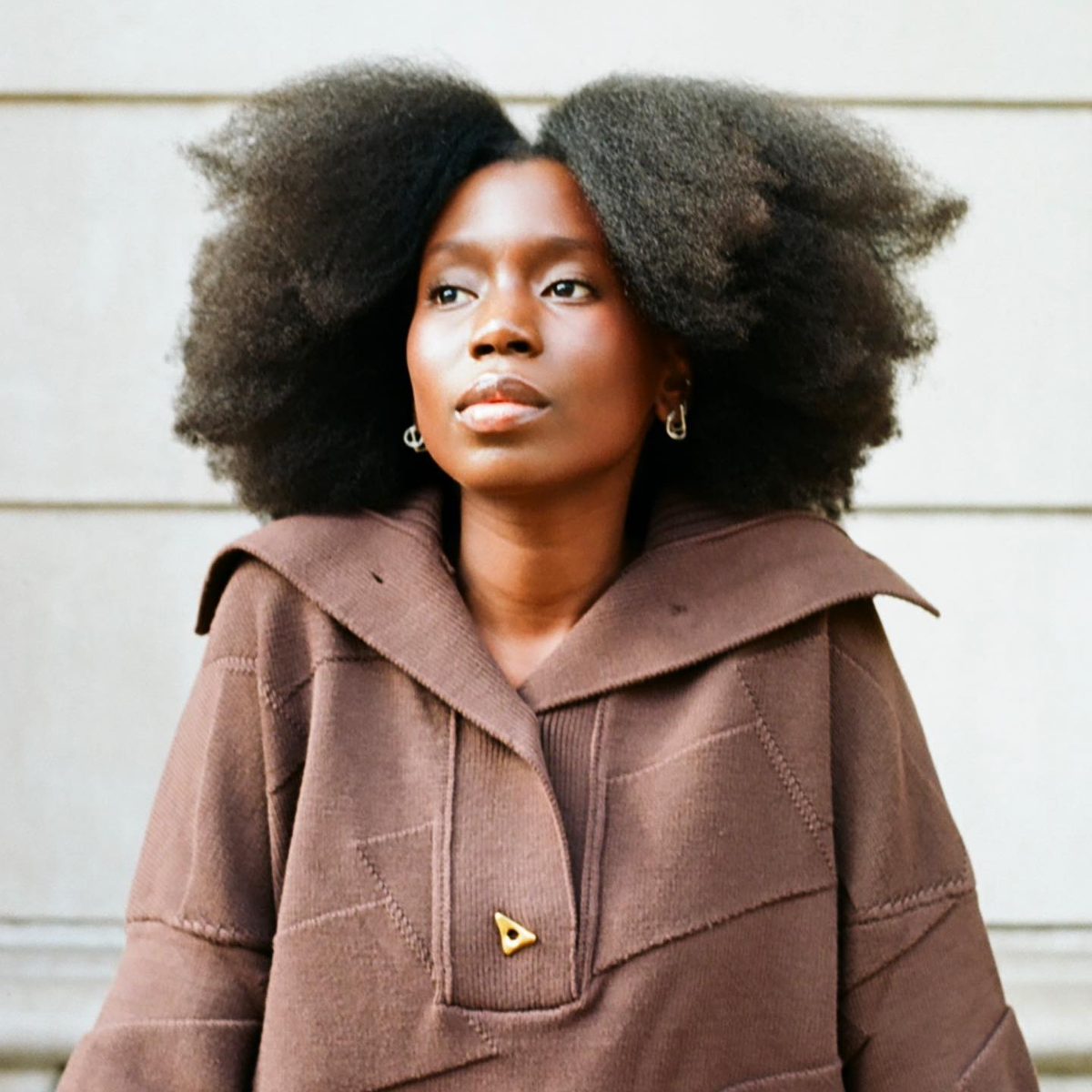 My Aesthetician Just Told Me I've Been Doing These 3 Things Wrong for My Acne
My Aesthetician Just Told Me I've Been Doing These 3 Things Wrong for My AcneMajor face-palm moment.
By Shawna Hudson
-
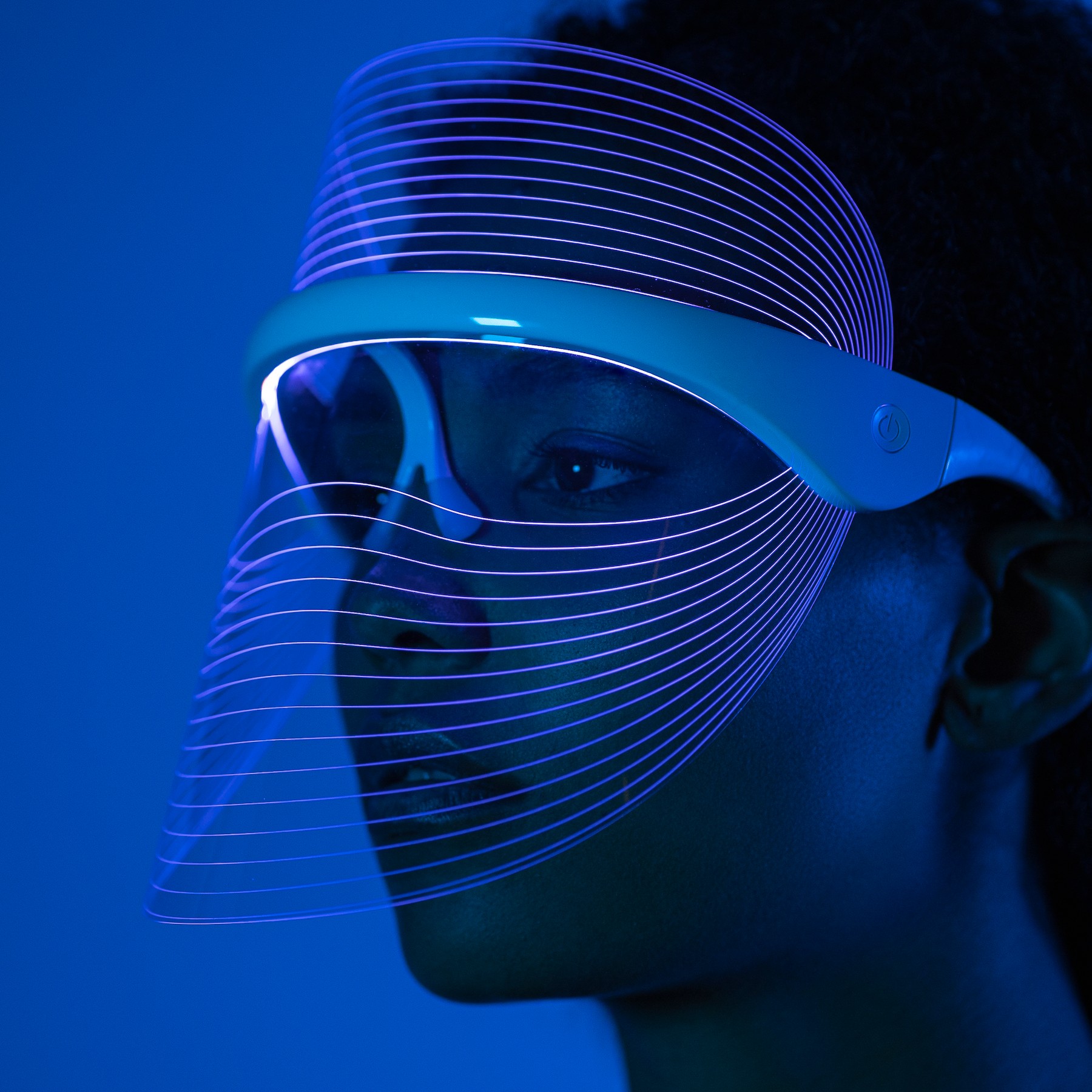 These Light Therapy Devices Are Like At-Home Cortisone Shots for Acne
These Light Therapy Devices Are Like At-Home Cortisone Shots for AcneSign me up.
By Katie Berohn
-
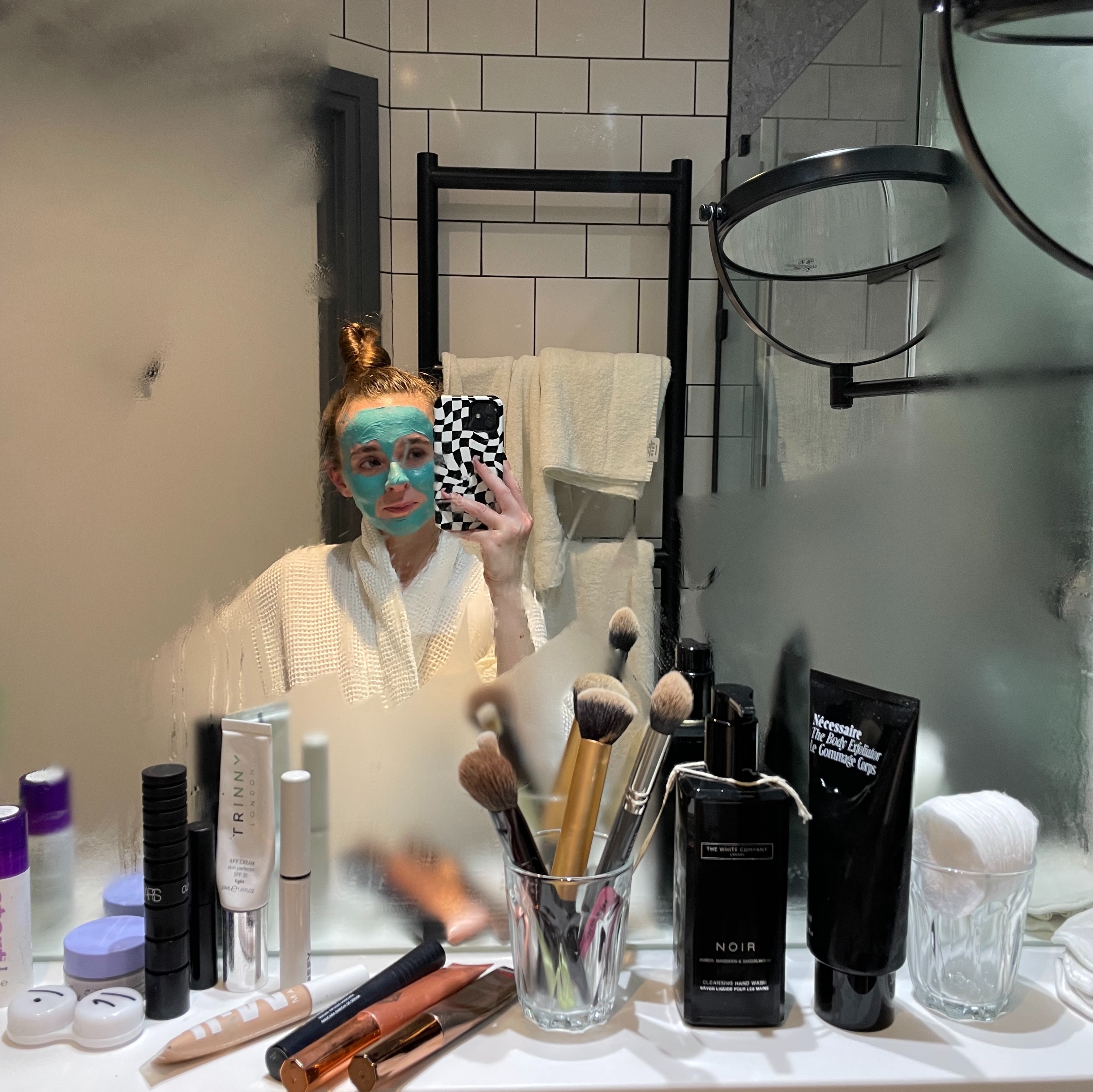 I'm an Esthetician and These Are My Most-Recommended Skincare Products
I'm an Esthetician and These Are My Most-Recommended Skincare ProductsYour skincare shopping list.
By Grace Day

